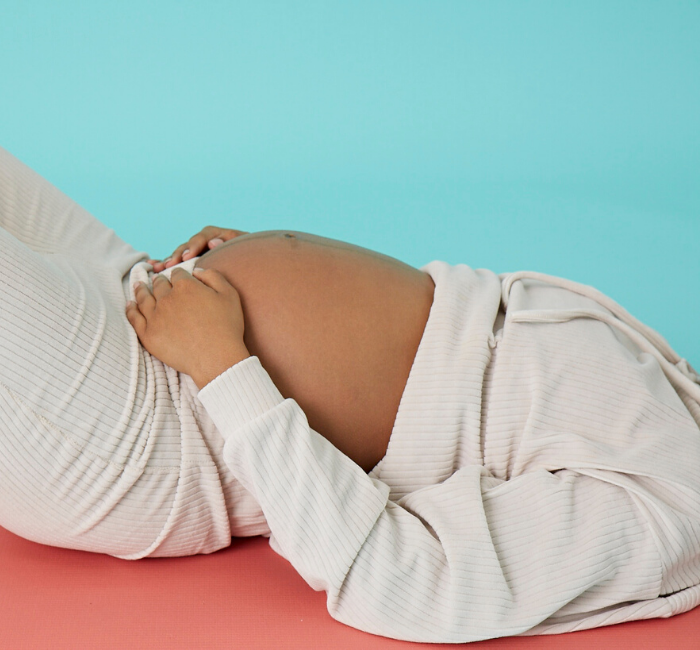Gestational Diabetes During and After Pregnancy

Diabetes is a condition that develops when the body can’t use glucose properly. Glucose is a type of sugar, and the main source of energy for the cells in the body. The levels of glucose in the blood are controlled by a hormone called insulin, which is made by the pancreas.
What Is Gestational Diabetes in Pregnancy?
Gestational diabetes is a type of diabetes that develops during pregnancy, normally within the second and third trimesters. This is usually a temporary condition and disappears after birth.
What Causes Gestational Diabetes in Pregnancy?
During pregnancy, the placenta provides your growing baby with nutrients and oxygen, but it also makes a number of hormones. In the later stages of pregnancy, some of these hormones (oestrogen, cortisol and lactogen) can affect insulin action and how your body uses carbohydrates and fats, which increases the risk of insulin resistance.
If you develop gestational diabetes, your blood sugar remains high because you are unable to make and use all the insulin that your body might need to support the requirements of pregnancy.
Possible Complications for the Baby
Extra Large Baby: Babies with diabetic mothers are more likely to be bigger than normal – this is called macrosomia. As the baby absorbs all its nutrients from its mother, if her blood glucose levels are high, the baby also makes more insulin so that it can use the extra glucose. Having increased insulin and glucose levels allows the baby to grow really big. This may mean that you are more likely to be induced into labour or need to have a Caesarean section, or even give birth prematurely before 37 weeks.
Hypoglycemia: If a diabetic mother has had high glucose levels for a long time, her baby will be exposed to higher insulin levels as babies receive glucose from mum. When the baby is born, they might require extra glucose to support their brain as their body has become used to receiving more glucose.
Trouble Breathing (Respiratory Distress): Babies with diabetic mothers often have too much insulin or glucose in their system, which affects lung development and may cause breathing difficulties. Respiratory distress is more likely in babies born before 37 weeks of pregnancy.
Birth Injury: Larger babies are more likely to have injuries during birth and have difficulties being born. Birth injury may occur due to the baby’s large size and difficulty being born. Some babies may also have polyhydramnios which means that they have too much amniotic fluid which increases problems with giving birth
Preeclampsia: Preeclampsia is a condition in which pregnant women have abnormally high blood pressure, and this can affect their kidneys and liver. Expectant mothers with gestational or either type 1 or type 2 diabetes are at increased risk for preeclampsia during pregnancy.
Stillbirth (Foetal Death): Whilst we are not sure of the exact reasons why having gestational diabetes might increase the risk of stillbirth, the risk increases in women who aren’t able to control their blood glucose level and with changes to their blood vessels. Babies may grow more slowly due to poor circulation, high blood pressure or other cardiovascular defects. However, it’s important to remember that this is rare and something that can be avoided with early diagnosis.
Birth Defects: Diabetic mothers are more likely to have babies with birth defects, some of which might be critical. Birth defects usually occur in the first trimester of pregnancy and can occur in many of the baby’s systems including the heart and cardiovascular system, kidneys and urinary system, brain and spine, and digestive system.
Possible complications for mum include a higher chance of developing gestational diabetes with further pregnancies, or developing type 2 diabetes later in life.
What Symptoms Should I Look out For?
Symptoms of gestational diabetes in pregnancy are not always obvious, so all pregnant women are monitored for the condition. This should happen at your first antenatal appointment (8-12 weeks). Here’s what to look out for:
• Feeling really thirsty
• Needing to wee more often
• Dry mouth
• Tiredness
However, some of these are normal symptoms of pregnancy so if you are concerned, speak to your midwife or doctor and they can test for gestational diabetes. Normally, you will be asked some questions during your first antenatal appointment to see if you are at increased risk.
If you have one of the following risk factors, you should be offered a special blood test to check for the condition:
• A body mass index (BMI) over 30
• If a family member such as your parents or siblings have diabetes
• If you have previously had gestational diabetes or had a baby that weighed over 4.5kg (10lb)
• If you are of South Asian, Middle Eastern, Afro-Caribbean descent (even if born in the UK)

